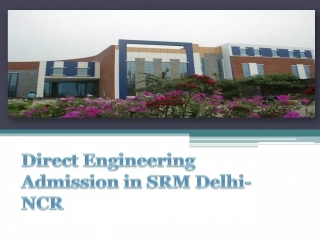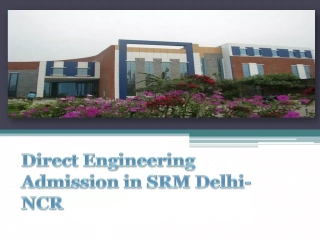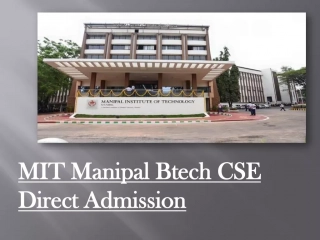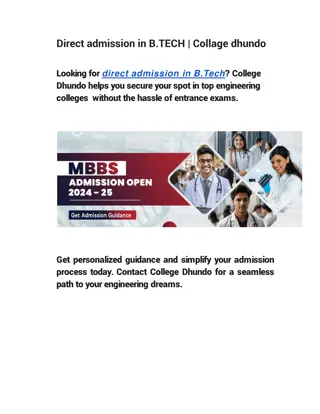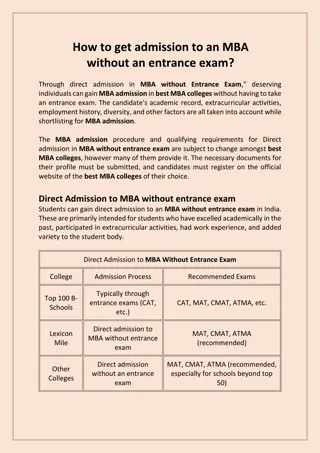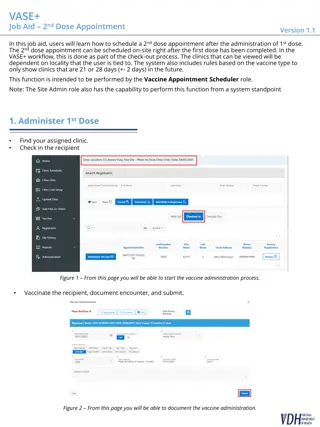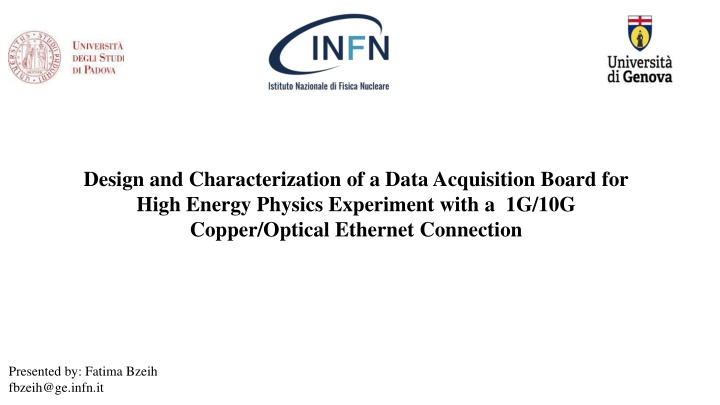
Introduction to High Energy Physics Experiment Data Acquisition Board
Explore the design and function of a Data Acquisition Board for High Energy Physics experiments, featuring a 1G/10G Copper/Optical Ethernet Connection. Learn how this system facilitates the study of fundamental particles and forces in physics, enhancing data collection accuracy and efficiency. Discover the processes of detection with GEM detectors, digitization with Multi-Purpose Digitizer, and data transmission with VME technology, all crucial components in advancing technology and validating theories in the field of High Energy Physics.
Download Presentation

Please find below an Image/Link to download the presentation.
The content on the website is provided AS IS for your information and personal use only. It may not be sold, licensed, or shared on other websites without obtaining consent from the author. If you encounter any issues during the download, it is possible that the publisher has removed the file from their server.
You are allowed to download the files provided on this website for personal or commercial use, subject to the condition that they are used lawfully. All files are the property of their respective owners.
The content on the website is provided AS IS for your information and personal use only. It may not be sold, licensed, or shared on other websites without obtaining consent from the author.
E N D
Presentation Transcript
Stock Market & Finance News Design and Characterization of a Data Acquisition Board for High Energy Physics Experiment with a 1G/10G Copper/Optical Ethernet Connection Presented by: Fatima Bzeih fbzeih@ge.infn.it
Table of Contents Introduction Main Objective and Motivation System Block Diagram FPGA Architecture First Year Activities Second Year Activities Overall Planning
Introduction High Energy Physics (HEP) Study of fundamental particles (quarks, leptons, bosons) and forces (electromagnetism, weak force, strong force, gravity) that govern them. Goal: Understanding matter, validating theories, discovering new physics, advancing technology. Importance of DAQ Systems in HEP Detect, amplify, digitize, and transmit data from particle detectors. Ensure accurate and efficient data collection for analyzing particle interactions and validating theoretical models.
Introduction Detection with GEM Detectors Ionization: A charged particle passing through the detector ionizes the argon gas, creating electron-ion pairs. Multiplication: The electrons are accelerated by the electric field in the GEM foils, causing further ionizations and producing a cascade of electrons. Collection: The multiplied electrons are collected, generating a detectable signal. The gas mixture is 70% Argon (Ar) and 30% Carbon dioxide (CO ). Compared with other gases, this gas offers a balanced combination of high ionization efficiency, stable proportional gain etc. Amplification with APV Chips SignalAmplification: Weak signals from the GEM detectors are amplified to detectable levels. Signal Shaping: The signals are shaped and filtered to improve their quality and reduce noise.
Introduction Digitization with Multi-Purpose Digitizer (MPD) Convert the analog signals from APV into digital data, preparing it for further processing and transmission. Analog-to-Digital Conversion Data Aggregation: The digital data from multiple channels is formatted for transmission. Buffering: The digitized data are buffered to manage data flow and prevent loss during transmission. There is an Existing MPD board that operates with VME.
Introduction Data Transmission with VME VME Bus: Aparallel bus system that allows for high-speed data transfer between modules. VME Crate: Houses the MPD modules and other components, providing power and communication pathways. Data Controller: Manages data flow and ensures accurate data transmission. The buffered digital data from the MPD modules are transferred onto the VME bus.
Introduction VME Limitations The data transfer rate was 40MB/s for the original VMEbus while now it s up to 320MB/s for advanced VME which is VME320. This evolution of VME standards, from the original VMEbus to advanced versions of VME320, reflects the growing need for higher data transfer rates. VME tends to be expensive and traditional.
Introduction Data Transmission with Ethernet Ethernet evolution: Fast Ethernet (100Mbps) to 100 Gigabit Ethernet (100Gbps, 12.5GB/s). Ethernet scales from 1Gbps to 100Gbps, accommodating the high data volumes generated by modern HEP experiments. Long-Distance Communication: Optical fiber allows for long-distance (several kilometers) data transmission with minimal signal loss, essential for distributed HEP facilities. Cost-Effectiveness: Drive down costs for Ethernet hardware.
Introduction Data Acquisition and Control Using FPGA Real-Time Data Processing: Handle the high-speed streams from detectors. Parallel Processing: Allow multiple data channels to be processed simultaneously. Integration with other components: Interface withADCs Trigger System: Implement complex trigger logic to identify and respond to specific events in real time, ensuring that only relevant data is captured and processed. Data Aggregation and Transmission: Aggregate data from multiple detectors and transmit it over high- speed links Ethernet to PC for further analysis and visualization.
Main Objective and Motivation Main Objective Motivation VME Limitations 1. The maximum speed of the Advanced around 320-500+ MB/s. 2. Expensive VME320 is Transitioning Industrial Bus Architecture VME to Network-Based DAQ System Ethernet. from Traditional Ethernet 1. Higher data transfer rate. 2. Lower cost
System Block Diagram Power Supply Clock Generator GEM Detector Net SFP Transceiver Kintex-7 FPGA ADC ADS5281 APV DAQ & CTRL Trigger and System Interface
FPGA Architecture Data Flow Block Diagram Histogrammer ADC ADCLK ADC Serial Data Configurator DESERIALIZER LCLK ADCLK (40MHZ) 0 Channel Processor LCLK (240MHZ) 7 I C Interface ADCLK 0 7 Channel 0 to 7 Channel 8 to 15 Trigger Generator Event Builder GbE Fiber Optic Ethernet Interface SFP
First Year Activities Histogrammer ADC ADCLK ADC Serial Data Configurator DESERIALIZER LCLK ADCLK (40MHZ) 0 Channel Processor LCLK (240MHZ) 7 I C Interface ADCLK 0 7 Channel 0 to 7 Channel 8 to 15 Trigger Generator Event Builder GbE Fiber Optic Ethernet Interface SFP
First Year Activities Conference 1: 16thPisa Meeting onAdvanced Detectors. Type: Participate. Conference 2: SIE Meeting Type: Poster Presentation. Paper Title: Low Power Design ofApproximate Adders based on Inexact FullAdder Objective: Present a poster summarizing part of the master thesis work. Course Title Electronics and Data Acquisition Machine Learning programming in physics Credits Status Preparing for the final exam Preparing for the final exam 2.5 2.5
Second Year Activities Current Work Study how to utilize Ethernet instead of VME for MPD. Set up the simulation test bench for it. Paper Publication: Soon will start to write a paper about the work done which is Development of a high- performance network-based data acquisition board dedicated to high energy physics experiment . The second paper will be about the Performances of a newly developed network-based data acquisition board . Future Work Set up the design and start to test it. Course Title Gaseous detector for experimental particle physics Design of readout integrated circuits for particle detector Italian Language Course Credits Status Started from 10th September 2.5 2.5 Start from 4thNovember - Start Next week
Overall Planning First Year Third Year Second Year 1-Continue testing to get better performance connected to a real installation. 2-Publish the results 3-Thesis Writing 4- Stay abroad 1-Utilize Ethernet instead of VME. 2-Set up simulation test bench for it. 3-Start testing when the MPD board will done, then go to Jlab to test it. 5-Attend a summer school 6-Publish the work done in journals and conferences 1-Literature review 2-Study Language 3-Start with FPGA Programming 4-Implement ADC Deserializer 5-Implement 1G Ethernet Interface necessary knowledge like C
Thank You For Your Attention! Any Questions?

